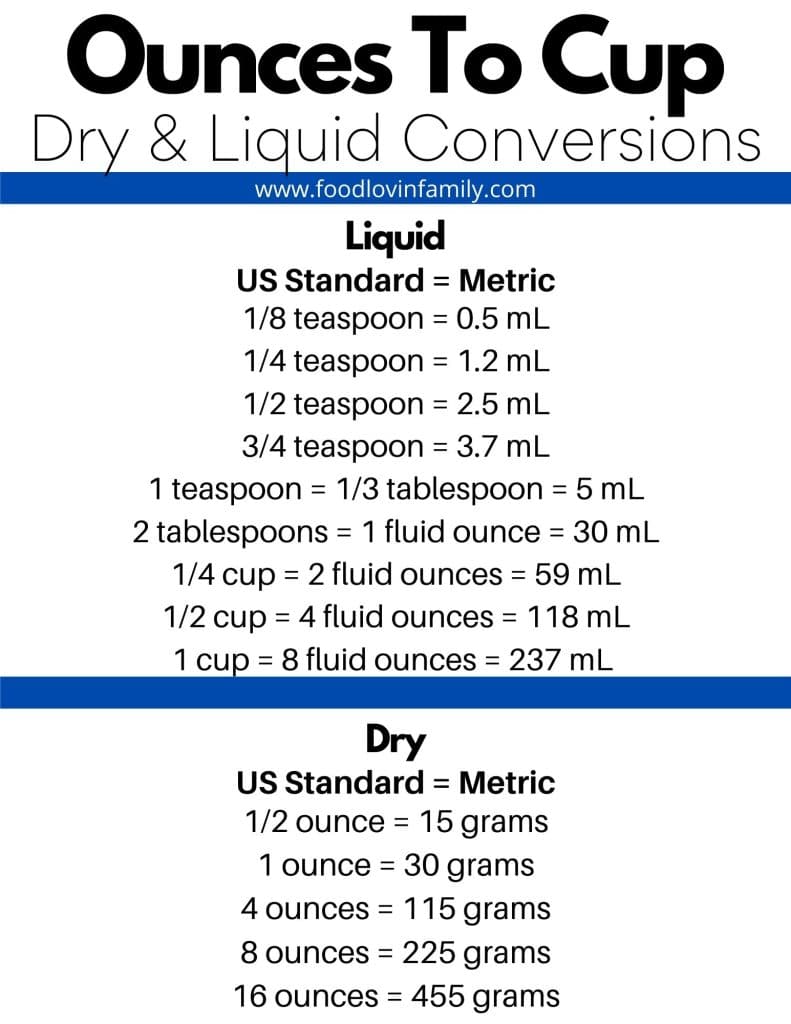50 Ounces: A Simple Guide

Welcome to the world of 50 ounces, a measurement that often sparks curiosity and leaves many wondering about its practical applications and significance. In this comprehensive guide, we will unravel the mysteries behind 50 ounces, exploring its uses, importance, and how it fits into various aspects of our lives. From everyday scenarios to specialized industries, 50 ounces plays a unique role, and we're here to shed light on this intriguing unit of measurement.
Understanding 50 Ounces: A Measure of Precision

In the realm of measurements, ounces are a fundamental unit, primarily used to quantify weight or volume. 50 ounces is a relatively large quantity, offering a precise and standardized way to describe objects, liquids, and even abstract concepts. Let’s delve deeper into the specifics of this measurement.
Weight Considerations
When discussing weight, 50 ounces equates to approximately 1.419 kilograms or 1419 grams. This weight is significant, especially when considering items like groceries, produce, or even precious metals. For instance, a bag of sugar typically weighs around 50 ounces, providing a familiar reference point for this measurement.
| Item | Weight (50 oz) |
|---|---|
| Sugar Bag | 50 oz |
| Gold Bars | Varies, but often found in 50 oz increments |
| Flour Sack | Approximately 50 oz |

In the world of precious metals, 50 ounces is a common weight for gold bars, making it a significant unit for investors and traders. Additionally, for those who enjoy baking, a 50-ounce bag of flour is a staple, providing the perfect amount for a batch of cookies or a loaf of bread.
Volume and Liquid Measurements
In the context of volume, 50 ounces is an essential unit, particularly in the food and beverage industry. It’s a standard size for bottles, jars, and containers, ensuring consistent and accurate measurements. For example, a 50-ounce bottle of juice or a jar of peanut butter is a common sight in grocery stores.
When converting ounces to fluid ounces, it's important to note that the conversion factor is 1:1, meaning 50 ounces of weight is equivalent to 50 fluid ounces of volume. This conversion is crucial for recipes and ensuring precise measurements in cooking and baking.
| Item | Volume (50 fl oz) |
|---|---|
| Bottled Water | Common size for sports hydration |
| Soda Bottles | Often found in 50 fl oz variations |
| Laundry Detergent | High-efficiency detergent bottles can be 50 fl oz |
Beyond food and beverages, 50 fluid ounces is also relevant in household cleaning and maintenance. Laundry detergent, for instance, often comes in 50-ounce bottles, offering a convenient and cost-effective option for large families or commercial use.
Real-World Applications of 50 Ounces

The significance of 50 ounces extends beyond the kitchen and pantry. It plays a vital role in various industries and everyday life, often providing a benchmark for quality, quantity, and consistency.
Retail and E-commerce
In the retail sector, 50 ounces is a popular size for packaged goods. From snacks to pet food, many products are available in 50-ounce packages, catering to consumer demands for value and convenience. E-commerce platforms often feature these sizes, providing an easy way for shoppers to find their preferred quantities.
Health and Wellness
The health and wellness industry utilizes 50 ounces in various ways. Protein powders, supplements, and even meal replacement shakes often come in 50-ounce containers, ensuring individuals get their daily dose of nutrients conveniently. Additionally, for those tracking their water intake, a 50-ounce water bottle is a popular choice, helping to stay hydrated throughout the day.
Manufacturing and Industrial Uses
Manufacturers and industrial businesses rely on precise measurements, and 50 ounces is a common unit in their processes. From chemicals to raw materials, ensuring accurate weights and volumes is crucial for product consistency and quality control. In these settings, 50 ounces is a familiar and trusted measurement.
The Future of 50 Ounces
As society evolves and consumer preferences shift, the role of 50 ounces may adapt and expand. With a growing emphasis on sustainability and eco-friendliness, we might see a trend towards larger, more cost-effective packaging sizes, further emphasizing the importance of 50 ounces.
Additionally, with advancements in technology, precise measurements like 50 ounces will become even more accessible and accurate, benefiting industries and consumers alike. The future of 50 ounces looks bright, offering continued convenience, quality, and consistency in our daily lives.
Is 50 ounces a common measurement in international contexts?
+While ounces are primarily used in the United States and a few other countries, the concept of 50 ounces as a significant quantity is applicable globally. In international contexts, the equivalent weight or volume in grams or liters would be more commonly used.
How does 50 ounces compare to other common measurements?
+50 ounces is a relatively large quantity when compared to everyday measurements like cups or tablespoons. It is equivalent to approximately 1.42 kilograms or 1419 grams, making it a substantial weight or volume for most practical purposes.
Are there any specific industries where 50 ounces is particularly relevant?
+Yes, 50 ounces is highly relevant in the food and beverage industry, retail, and health and wellness sectors. It is also commonly used in manufacturing and industrial settings where precise measurements are crucial.



